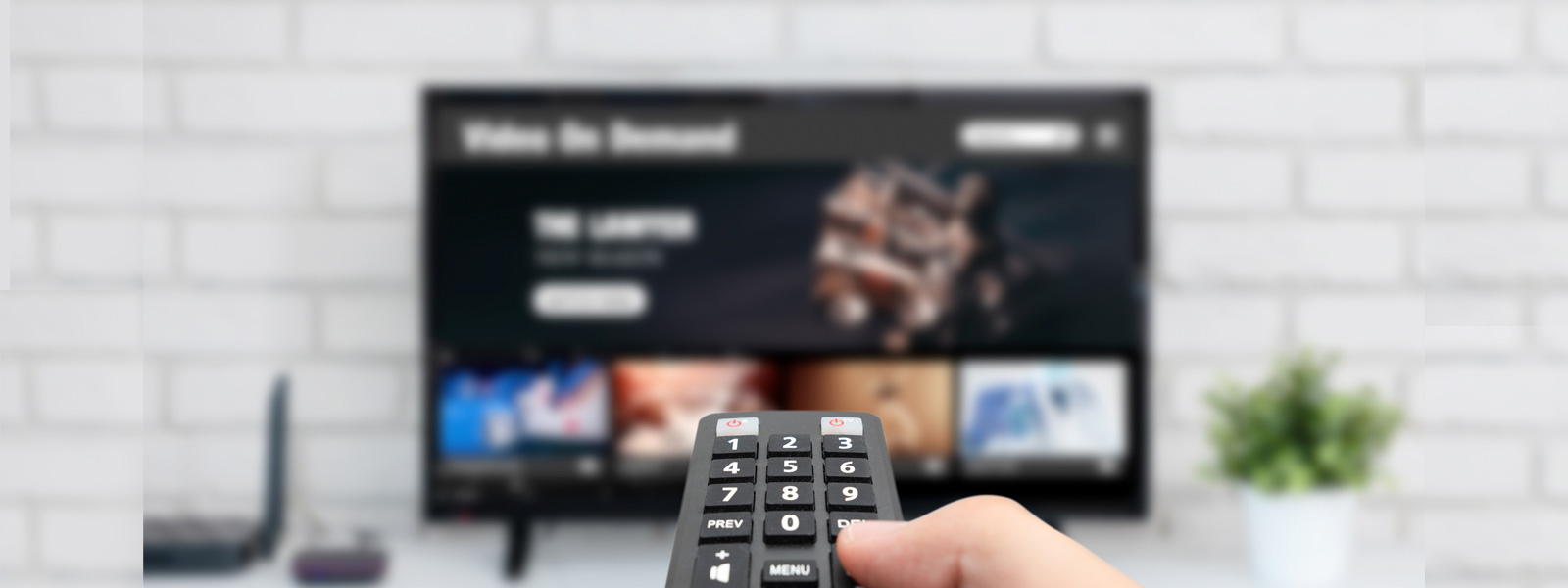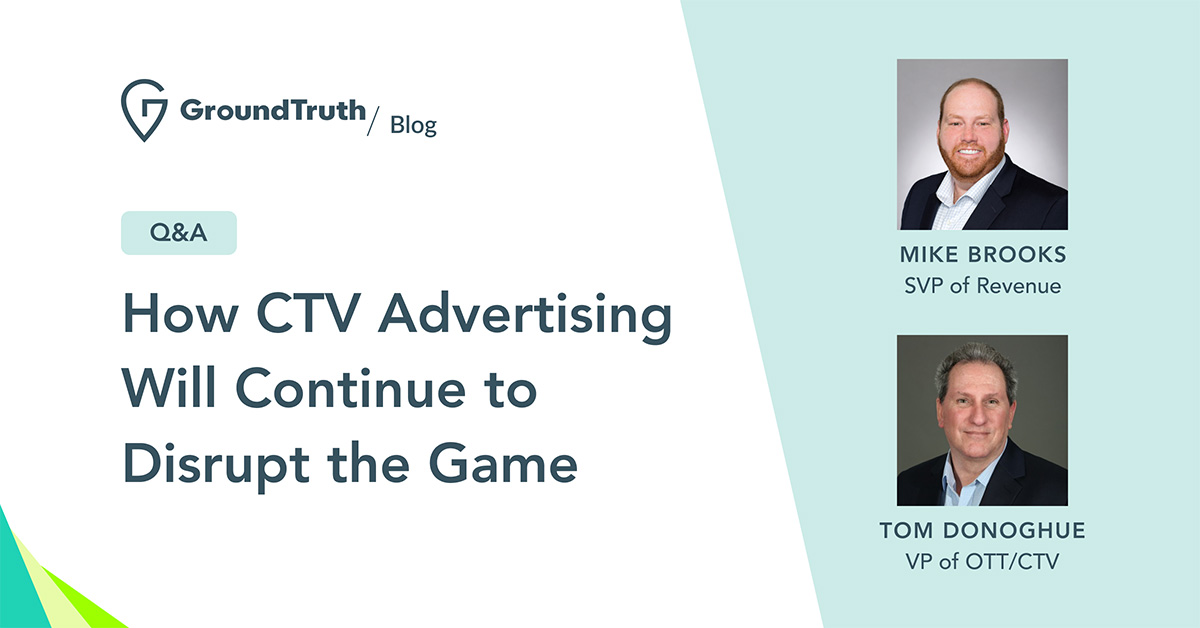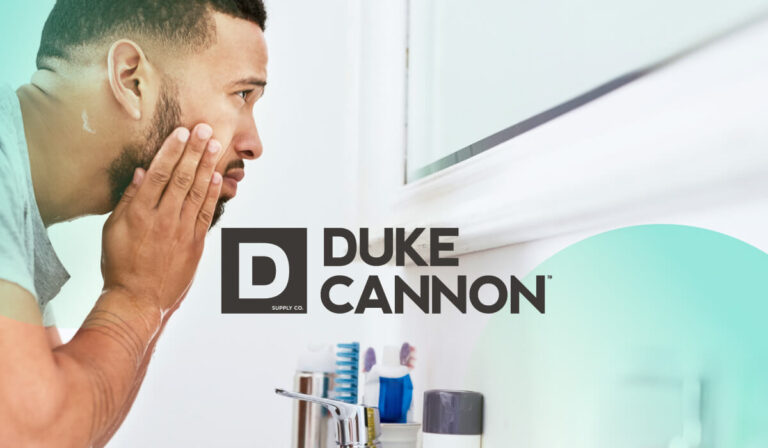How CTV Advertising Will Continue to Disrupt the Game
Earlier this year, during GroundTuth’s 2022 Emerging Tech & Consumer Trends Webinar, Mike Brooks, WeatherBug SVP of Revenue got together with Tom Donoghue, GroundTruth VP of CTV to talk about advertising and its connection to CTV. In this conversation, they talk about the current state of the advertising market and how it relates to the emergence of convergent TV and QR code advertising.
Here’s an overview of some of their key moments in a (virtual) room together.
Question: How can marketers think about the inflection point between linear TV and CTV?
Mike Brooks: “I’ve been fascinated by this evolution of media and there’s so much in the digital space. TV is such a big beast. Everything I hear, everything I read today, talks about this inflection point between CTV and linear. Walk me through where we are from an ecosystem perspective and how I as a marketer can think about those two things.”
Tom Donoghue: “For media context, the first radio ad was run by AT&T over a hundred years ago. Prior to radio, pretty much all advertising was in print. Everything was all paper. Radio opened up the opportunity for others to start playing in the ad space, leading to where we are today.”
“Today, people are starting to make decisions based on the economics of when and where they will be able to watch their program, which is leading us to this ‘cord cutter’ or ‘cord never’ revolution.”
“It’s not even generational. I’m a Boomer and my son is Gen Z. Neither one of us wants to pay for cable when we can get our programming via ad supported OTT or through a subscription plan. The whole media landscape has evolved to create this fragmented moment for advertisers struggling to reach the right people. Popular media platforms today have created millions of channels and opportunities, but everyone is scattered over the landscape. So how do you find your audience? That’s where marketers are struggling, with how to place their budgets and get the best return on ad spend.”
Question: What has the evolution of media been and what can CTV get us?
Mike Brooks: “I think about the change that we have going from linear to connected TV. As we think about linear and connected TV, and how businesses are getting used to new ways of buying, there are technical differentiators in this world where you can do things that you couldn’t do in TV. That’s an enormous driver for businesses as well as a reason for so many people moving over [to connected TV]. Talk to me about that and what CTV gets us.”
Tom Donoghue: “I think that what marketers are coming to grips with is that the ability to measure the value of a spot on linear TV has never really been good in the first place. It’s always just been GRP – reach x frequency-based. It allowed us to be forgiving in linear efficacy and measurement. But that’s where CTV and the big screen starts to weave its way into that narrative: ‘how do you do big screen advertising in a convergent way?”
“Convergent means getting the best of linear TV’s brand shotgun approach and CTV’s targeted approach — where you’re going to get your message out there for what is a reasonably low CPM.”
“With linear TV you get back some reporting that tells you, ‘we think your household reach was x.’ ‘Think’ versus ‘know’ is a dangerous thing for marketers. They need to know. I think that’s where CTV steps in and says, ‘you want to target and measure a specific audience.”
“So let’s say you’re looking for golfers in Northern Jersey who are high-net worth individuals. When you can create an audience and only target them, when you can hit the mark and you can measure it…oh my gosh, you’ve got a win. If you’re buying linear, you need to start thinking about moving some of that budget (not all of it), to connected TV to find that extended reach of “cord cutters” and “cord nevers” who are never going to see your linear spot. I genuinely believe that the meshing of those two mediums is the best solution for big screen marketers today.”
Question: How are you looking at the distribution of your ad dollars to achieve the success you need?
Mike Brooks: “[At WeatherBug], we talk a lot about the line between branding and performance and we need to take a brand medium like that but apply targeting in a cost-effective way. That’s what we’re going for, especially as a brand who is investing a lot in new users, but also wanting to create a brand halo.”
Tom Donoghue: “How do you, as a person in charge of WeatherBug, acquire a broader audience for your weather platform? How are you looking at the distribution of your ad dollars to achieve the success you need?”
Mike Brooks: “I can give you the story of how the immediate planning has evolved over the past few years. Four years ago, our entire media plan was DR. We started to question, ‘what is the value/force multiplier that investing in the brand could drive?’ If you look at us trying to answer that question, and then you look at the weight in our budget, CTV is now taking up 40% of our budget. As we’re thinking about how the brand has evolved and how we’re connecting with consumers, it’s about telling that story and it’s been surprising to me, coming from a heavy DR background, what the halo effect is.
“What happens with branding and with TV and CTV is the conversion rate on your digital increases, so thinking about it in that more balanced way has challenged us to think about developing a more effective media plan and we have gotten better and better over time by including this as part of the story.”
Question: How do QR codes come into play?
Tom Donoghue: “We’ve been running QR codes for our clients on CTV since July of 2021. Our creative team started putting QR codes in spots and lo and behold, people were scanning them. We knew we were on to a good thing!”
“This year, we are lucky because we have upgraded our capabilities and we are now partnered with Flowcode, which is a brilliant technical organization led by some really smart people, and their capabilities are going to further expand our ability to help our clients. The fact is the consumer journey has to invite an intimate step between the spot and the engagement.”
“[An example of Flowcode in action is] I’m at home watching Game of Thrones on CTV. A spot comes on for Mike Brooks Cadillac. There’s a beautiful car and I go, ‘man that’s the car I want,’ and there’s a QR code on the screen, so I’m scanning it, and then it flings me out to Mike Brooks Cadillac and now you’ve got me! We talked about this before and we talked about the cookie-less world and the dissociation of that for marketers. I’ll say this right now:
“If you’re a marketer, you better get your strategy together now because first party data is gonna be the only thing that’s going to save you.”
“The good thing about CTV is, we don’t rely on cookies, so you know we’re fine. We’re relatively agnostic and insulated from that. But the consumer journey has to have some connection point between the CTV spot or television spot for that matter where we can embed the QR code in your TV spot. The beautiful thing is if I do that and I take somebody to Mike Brooks Cadillac, and you say to me, ‘would you be interested in coming in for a test drive?’ and I go, ‘yeah for sure, and then your chat bot or your microsite landing page asks me for my email address, two things have happened:
1: You’ve created a brand-intimate connection with me.
2. You’ve acquired some first party data that you can use.”
Mike Brooks: “That’s where my head was going. Populating the CRM and giving folks an opportunity to self-identify into your business that didn’t have that opportunity before.”
Tom Donoghue: “Customers willingly [reach out to you] because you have targeted them with a spot that is relevant to their interests. If I know that these people are golfers and high-net worth individuals, and they are in the market for a car and I can serve them a Cadillac ad, I’m hitting the bullseye right where I need to hit it. If I get one step further and I say, ‘hey let’s really communicate,’ and I give you the option to do that with a QR code, Bang! Done. First party data and I’ve got an intimate brand relationship.”
“You mentioned search before, Mike, I don’t know what the percentage is… it’s like 90% of people watching TV have their phone on them, and a percentage of them will actually view the ad and then they’ll just go out to Google and they’ll type in, ‘Mike Brooks Cadillac.’ With Search, maybe you’ve been outbid by five of your competitors, or you are below the fold on the SRP for Google, and you have essentially lost your competitive advantage from the TV commercial.”
“With the QR code, you avoid all of that. It’s literally an Uber ride: it’s point to point. It’s a QR code in-spot that leads to your site, and that is exactly what marketers need. They don’t want to thread the needle through a Google search result page that puts them in a competitive environment. I think it just kind of makes sense.”
Question: How can paid search impact how you allocate investments in the big picture?
Mike Brooks: “We think about how paid search integrates with marketing strategies. How can that impact how you allocate investments in the big picture?”
Tom Donoghue: The cost of acquisition is extraordinarily high on paid search. Just legal and financial services is something like $86. Why? To me, in a sophisticated marketing universe where you can isolate the audience you want, pay only for that spot and then achieve the objective that you want, why does money keep flowing towards Google? There are more sophisticated ways to acquire customers than a text based result on a busy page.”
“I mean, 2009 called and they want their marketing budgets back.”
Question: What about the Coinbase QR code?
Mike Brooks: “The other thing to talk about is the Coinbase QR code. They drove 20 million hits in like a minute.”
Tom Donoghue: “You need a hundred million eyeballs in order to get that kind of pull. But twenty percent pull on a 100 million eyeballs is insane. Their ROI was beautiful. They only really wanted people who were committed, so they knew that they were going to get an inordinate amount of draft. But their goal was to get that brand engagement moment on the biggest stage where their dollars were going to generate the right return. I thought it was pretty smart and I think that they’ve opened the door to other brands to be able to use those embedded QR codes in their spots.”
“There is $68 billion being spent on television and there is $19 billion being spent on CTV. That is really encouraging because that shows the playing field is not crowded right now, so if you want to get into CTV, you really have an open playing field to work with. You’re not going to be back to back on a sitcom where there’s like five car dealers or five local advertisers, on CTV it’s just your spot, and then the program comes back. That’s very powerful. I think the budgets will get there and I also know that cord cutters will continue to grow, volume will continue to expand, and that will open up even more avenues of opportunity for marketers.”






